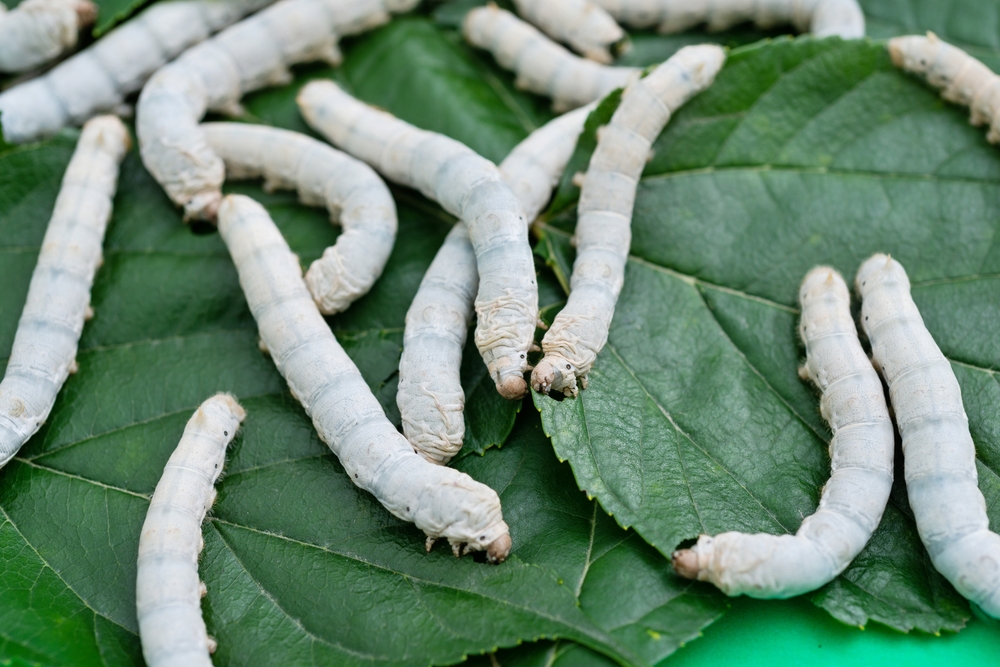Many of the UK’s most popular exotic pets are insectivores. In the wild, insectivorous diets are generally very diverse. In some cases, hundreds of different species of invertebrates will be consumed in different proportions as the seasons change to form a complete nutritional profile. Whilst it would be near impossible to replicate this perfectly, research and breakthroughs in insect-breeding means there are now more reptile food choices than ever before. Not only do model species fill certain niches (such as beetles, grubs, flies, molluscs and more), but the number of sizes and alternative species within these categories allows for almost all insectivores to receive a diverse and varied diet.
Bean weevils
(Acanthoscelides obtectus)
Bean weevils are small beetles, often considered pests in the US. Naturally, they breed prolifically and are a popular feeder insect for small species of frogs, geckos and mantids. Unlike other beetles, bean weevils are comparatively soft-bodied and are therefore much more digestible than other chitin-rich live foods and still contain a good amount of calcium. Keepers should exercise some caution when providing them to young Dendrobates or mantella spp. Froglets with insatiable appetites will gorge themselves on prey items. In the case of bean weevils, their nutritious shell can take a little longer to digest than fruit flies. This is unlikely to cause a problem for larger species such as Dendrobates tinctorius, Adelphobates galactonotus or Phyllobates teribilis and larger morphs of Dendrobates auratus. However, thumbnail poison frogs and even some smaller Dendrobates spp.might have trouble feeding on them over a prolonged period. Small lizard species such as Anolis, Phelsuma and Lepidodactylus will all readily feed on bean weevils. These tiny beetles will quickly disperse across the enclosure, giving communal lizards some healthy competition whilst hunting their prey.
Bean weevils are also perfect for much larger lizards. In fact, bearded dragons (Pogona vitticeps) love them. In the wild, invertebrates make up only about 15% of an adult bearded dragon’s diet and almost all of these are termites. Centralian bearded dragons have evolved to feed on very small prey as termites and flies are some of the most abundant insects in the Australian outback. Bean weevils are possibly the closest alternative that keepers can provide. Pet ‘beardies’ are often spoilt in their dietary requirements, so it might not seem natural for a keeper to swap a nice juicy silkworm for a tiny bean weevil. However, this is one of the easiest and most natural enrichment techniques the keeper can provide on top of a natural enclosure.
Keepers can purchase a bean weevil culture. Which, on the surface looks like a plastic tub full of beans and wood wool. Over three weeks, the bean weevils will emerge from the beans and live for around one more week before dying. This means that a single tub will keep producing bean weevils for up to a month, so new keepers mustn’t throw the box away too soon. Although they should never be used as a single, primary feeder insect, they can make the perfect backup option.
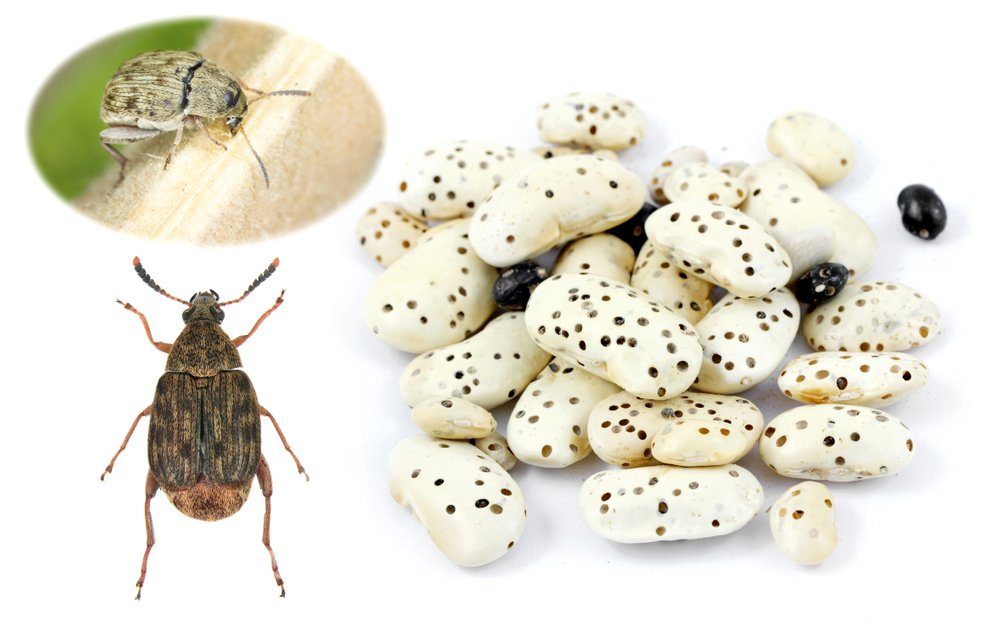
Springtails
(Collembolasp.)
These are another invertebrate species used predominantly in bioactive enclosures, but again, they’re fine for use as a live food item for very small animals. Springtails are particularly popular with amphibian breeders who need the smallest possible prey for newly metamorphosed froglets and toadlets. Springtails are the perfect clean-up crew in a bioactive set-up but can also be easily cultured outside of the enclosure. Their tiny size only really makes them appropriate for a small selection of animals.
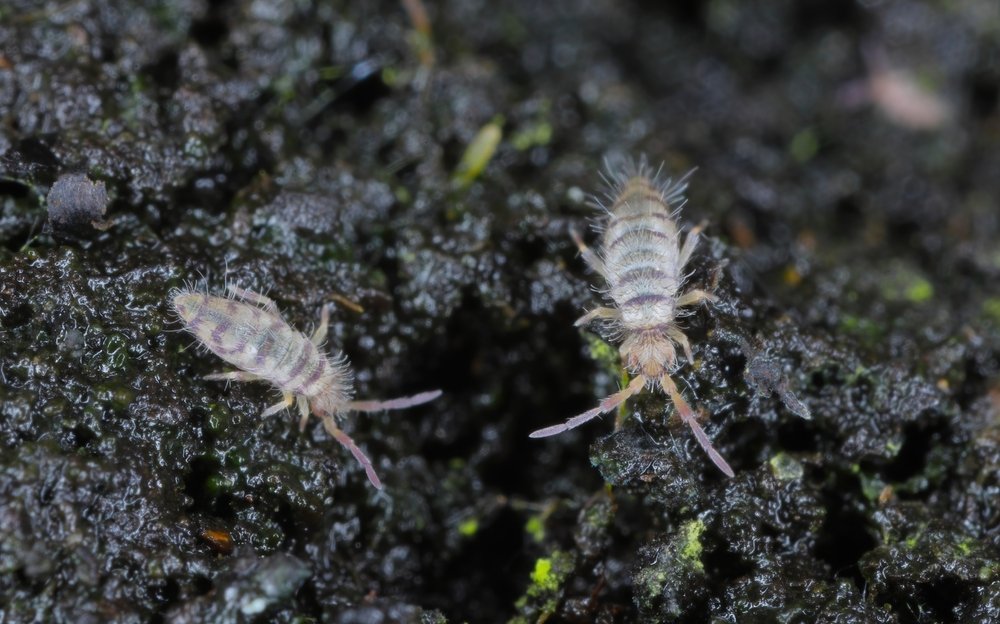
Curly wing flies
(Musca domestica)
“Curly wings” are house flies with a genetic mutation that prevents them from flying. They are excellent for young chameleons and small gecko species. Bumblebee toads (Melanophryniscus klappenbachi) will actively hunt these flies and being such a small species, will only require a reasonably small feed. They are also fast-moving and encourage the animals to strike with precision. This provides incredible observation opportunities when fed to predatory inverts such as jumping spiders, young mantids and assassin beetles. Their erratic movements also make them perfect for aquatic animals such as axolotls and tropical fish.
As larger-bodied flies, they are more nutritious than D. hydei or D. melanogaster and can be gut-loaded before they are fed. There are a number of gut-loading formulas commonly used for crickets, locust and meal worms that are also ideal for curly flies. Shops will generally sell pupae, which will continue to hatch over a few weeks. Keepers can slow down this process by keeping the pupae in cooler conditions, making them the perfect feeder insect for people with busy lifestyles.
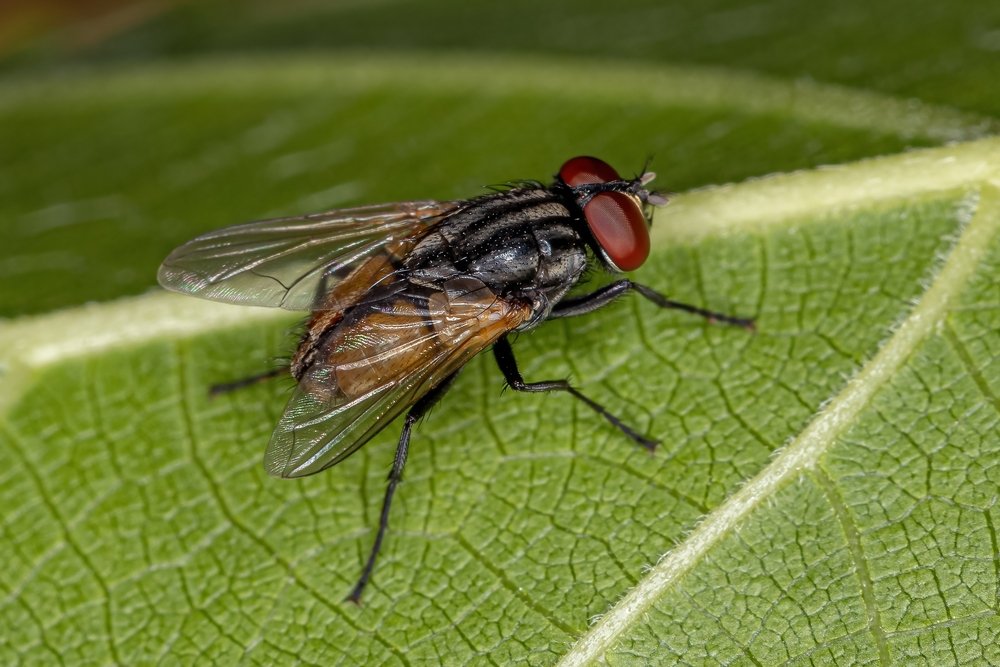
Wax Worm
(Galleria mellonella)
When we think about nutritional variety or offering a different insect prey item as a treat, the most common response is wax worms. While wax worm sales are dwarfed by those of crickets, locusts and mealworms, they are by far the largest live food line thereafter. No other live food comes close in terms of sales.
The wax worm’s diet means that their gut is filled with sugary food, making them extremely appealing to animals, but not necessarily nutritious. This means wax worms should only be used as a very rare treat. Data suggests that wax worms are more popular than they really should be and that a bit more variation in the types of live food species being purchased by keepers would be a move in the right direction.
Sugary treats such as wax worms can cause problems when animals take a liking to them. Amphibians seem to be particularly picky when spoiled with wax worm treats.
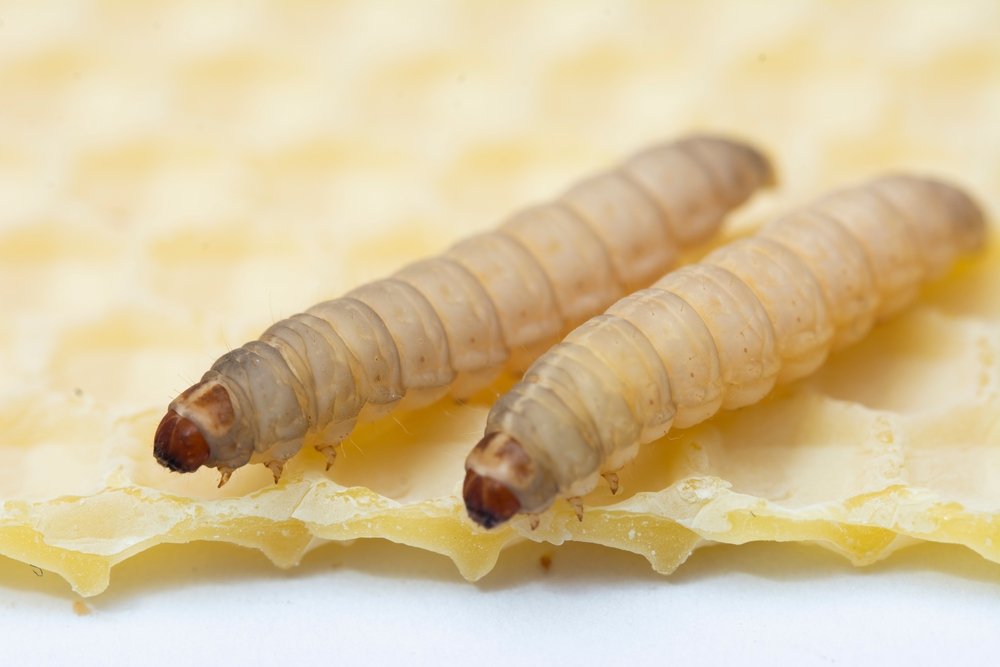
Calci-worm
(Hermetia illucens)
Calci-worms are the larval stage of the Black Soldier Fly and an ideal alternative for wax worms. They have a much better nutritional composition and have a longer shelf life. Again, these probably shouldn’t be used as the mainstay of an animal’s diet. But if you’re looking to add some variety to your animal’s diet these are a great choice.
Across the globe, they have adorned various names including phoenix worms, repti-worms and black soldier fly larvae. They are the grub of Hermetia illucens, which is a type of fly (though they do look like small wasps) that can be found across North America. Their UK name of ‘calci-worm’ is extremely fitting as they can contain over 20X the amount of calcium of a similar-sized cricket. Their calcium to phosphorous ratio is also near perfect (1.5:1), meaning that they can be fed without additional supplements. Although variety is key to an enriched diet, feeding larger volumes of calci-worms, particularly to hatchling reptiles, can be extremely beneficial to their development rates. Calci-worms also contain large amounts of lauric acid. This compound is extremely beneficial to reptiles, as its anti-microbial properties can even flush out nasty parasites.
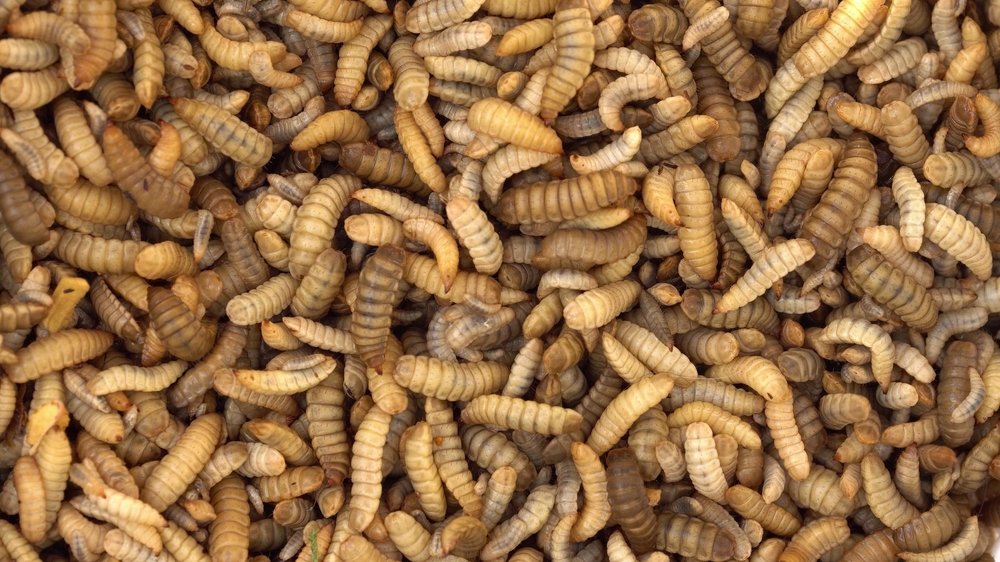
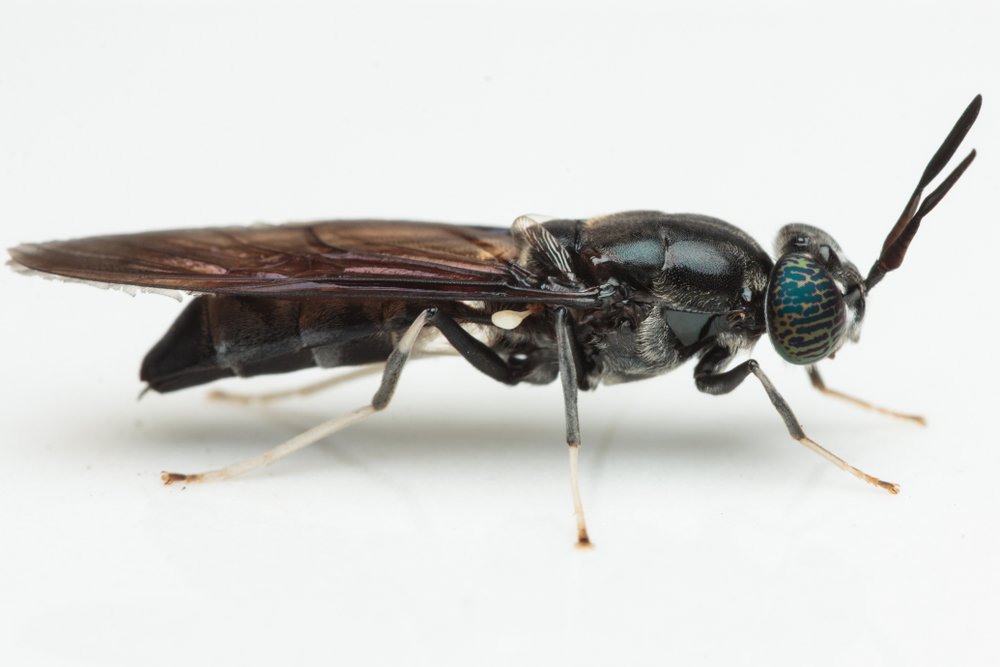
Silkworm
(Bombyx mori)
The silkworm is the larvae form of the Asian silk moth. It is a soft-bodied caterpillar that feeds almost exclusively on Mulberry. Silkworms have been bred in captivity for over 5,000 years in China and almost as long in other nearby countries such as Korea, Nepal, Japan and India for their ability to create raw silk. The domesticated silk moth is thought to have derived from a Chinese locality of the wild type, Bombyx mandarina but cannot fly like their wild cousins.
Although their rich history within Chinese culture is impressive, today, silkworms are perhaps best known as food. Exotics keepers are often well aware of the benefits of feeding silkworms to their animals, but in some countries, silkworms are readily eaten by people. In India and China, the larvae are roasted and sold as street food. In Japan and Vietnam, silkworms are the main ingredients for several main dishes. In Thailand and Korea they are frequently sold as snacks and in some cases, sold in supermarkets as pre-packaged snacks. Their readiness to breed, quick growth cycles and high nutritional value has even seen some scientists support the idea of cultivating silkworms in space as an astronaut foodstuff.
Part of the reason why farm-raised silkworms are eaten by plenty more humans than animals is that we are aware of just how nutritious they are. They are lower in fat than any other commercially bred “worm” but contain well over double the mg/kcal of calcium of a mealworm or cricket. They are also 54% protein, making them one of (if not the) most protein-rich feeder insects. Because of this, silkworms can be fed as a staple diet for most insectivorous pets. Although they are more expensive than crickets and locusts, their nutritional value is unparalleled and some keepers choose not to provide additional supplements because of this.
Silkworms are soft-bodied and made up of 76% moisture, making them excellent for desert species like Uromastyx as well as arboreal tropical species like chameleons. They can also be kept and grown to meet the size requirements of the animal. “Micro” silkworms are typically around 0.5cm whilst “XL” silkworms reach upwards of 5cm before they start to pupate. Most commercially available silkworms are size “large” at around 4-5cm. Some suppliers also sell eggs, which can be hatched and raised on mullberry. They do not require water and can be raised in standard-sized live food tubs. Providing any dead grubs are removed to prevent bacteria growth, even the novice reptile keeper can maintain a healthy collection of silkworms to feed to their animals.
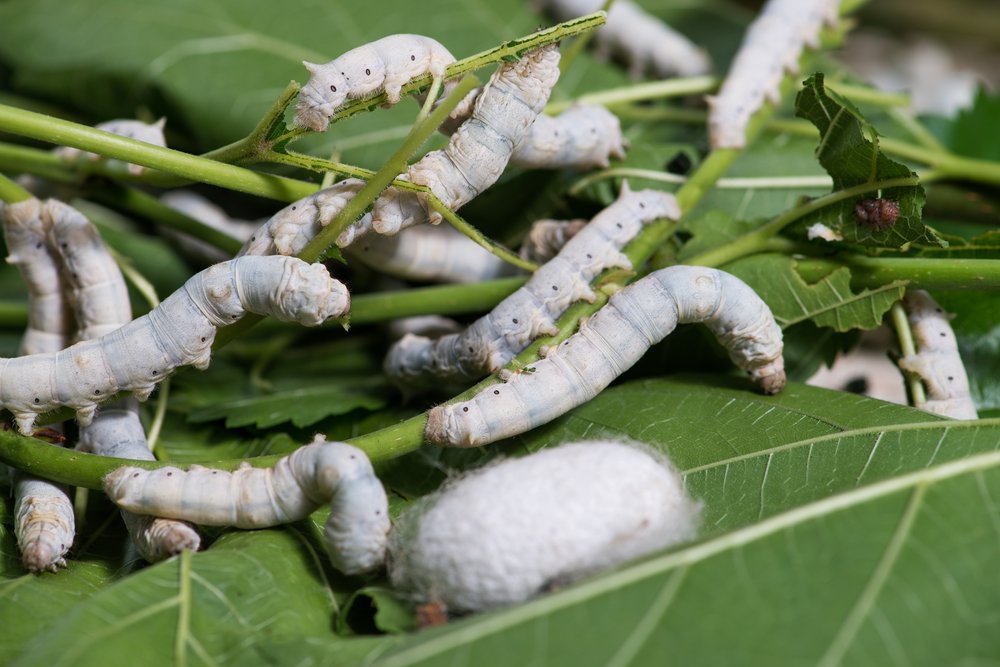
Snails
(Helix aspersum)
Their slow-moving nature, along with the nutritious lump of calcium on their back are probably their main points of appeal. That said, the shell of captive-produced snails, such as those sold in most stores, are thinner due to them being grown quickly, making them much easier to eat. monitor lizards, tegus and even bearded dragons will love snails, as will blue-tongue and pink-tongue skinks. Some species will also feed exclusively on snails, namely: snail-eating snakes (Sibon sp., Dipsas sp., Asthenodipsas sp. etc). Beware that some animals will love them so much they become picky, but as an occasional addition to an otherwise varied diet, snails are an excellent addition.
There are plenty of ways to provide snails to our animals. In some cases, live snails are undeniably the best choice. Large toads and snail-eating snakes are unlikely to eat dead or preserved snails. However, skinks and other mollusc-eating reptiles will happily chomp on ZooMed’s Can ‘o’ snails as part of a balanced diet. These can even be crushed and included in vegetation or pre-made diets.
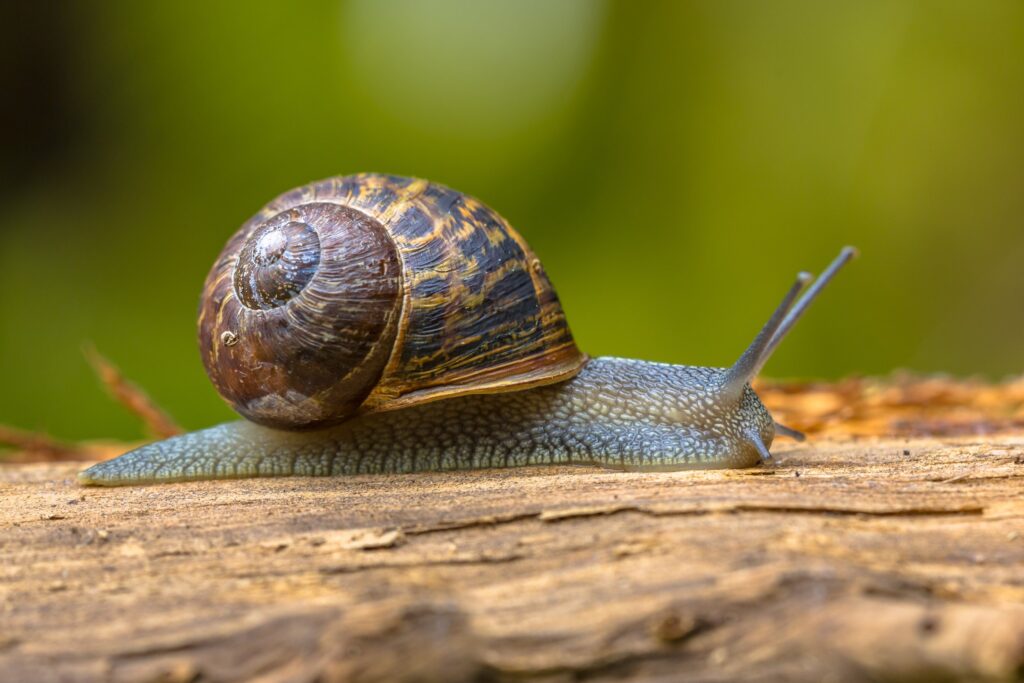
Earthworms
(Dendrobaena sp.)
Sometimes referred to by its much more menacing US name the “nightcrawler”, the earthworms sold in the UK are European species very similar to the ones found in our gardens after it has been raining. They are commonly used as fishing tackle and make a juicy treat for toads, salamanders, skinks and other temperate, terrestrial reptiles and amphibians. They are great for freshwater species including turtles and large fish. Most birds will also love an earthworm, but as they are sensitive to light and surprisingly adept climbers, might be better suited to a contained environment or a specially designed feeder dish.
Increasing numbers of hobbyists are also using nightcrawlers as clean-up crew for their bioactive enclosures. In some ways, nightcrawlers might be too efficient for most bioactive setups. However, very large enclosures (especially for arboreal animals) with several layers of leaflitter are ideal for a few nightcrawlers to be introduced.
Nightcrawlers have a surprisingly commendable nutrient profile. Their calcium to phosphorous ratio is 1.5:1 which means they don’t require additional supplements. However, they are mostly moisture, so although they don’t have much phosphorous, they are not exactly calcium-rich either. Nonetheless, their moisture content makes them perfect for hydrating exotic animals and can provide enrichment in the form of unique textures and scents. Nightcrawlers should be bought from a specialist reptile shop, rather than a fishing store. Worms raised as bait are unlikely to be fed the same quality ingredients as commercially-bred live food and could potentially be exposed to harmful components.
Nightcrawlers can be kept and stored for a long time, but the keeper should provide insect food and fresh vegetables to ensure they are gut-loaded before feeding. Many keepers will acquire several tubs, or a bulk bag of the worms and create a ‘wormery’ to store and breed the nightcrawlers. Providing that the correct temperatures are met, this can be a good waste-disposal technique that will result in some exceptionally fertile soil.
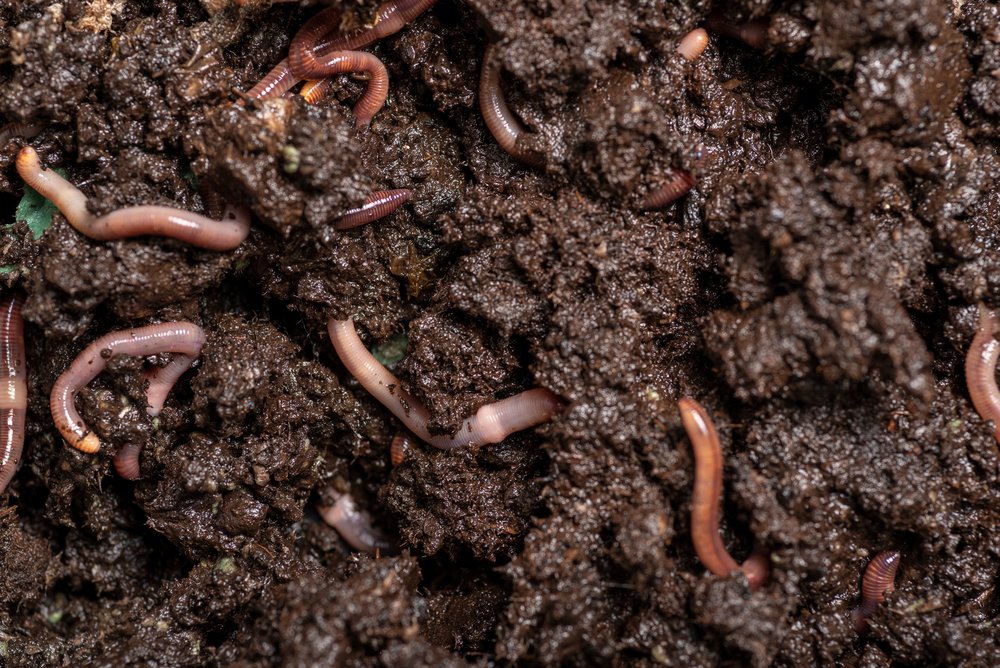
Centipedes
(Scolopendra subspinipes)
Centipedes are a niche feeder insect but are now widely available as ‘eco-fresh’. There are certain species of snake which will only feed on centipedes and although they are not frequently kept as pets, the introduction of centipedes to UK stores may prompt a lot of exciting advancements in herpetoculture. Furthermore, the keeper can safely provide a natural diet. Centipedes play a particularly important role as a feeder insect for predatory birds and exotic mammals, such as meerkats, mongooses and fennec foxes which would actively prey on these larger-bodied insects in preference to crickets or mealworms. Their nutrient content is not exceptional, but the variety they provide is. Centipedes have a rough nutritional composition of: protein 24%, fat 4%, fibre 3%, moisture 67%, calcium 0.1%, phosphorous 0.5%. The ProBugs centipedes that are regularly available in the UK belong to the S. subspinipes species (which is often considered a ‘complex’ due to its subspecies diversity). These centipedes are found throughout South and Southeast Asia. Therefore, they provide a perfectly natural treat for Chinese water dragons (Physignathus cocincinus), tree and juvenile water monitors (Varanus spp.), tarantulas (Poecilotheria spp.) and large-bodied geckos such as tokay geckos (Gekko gecko).
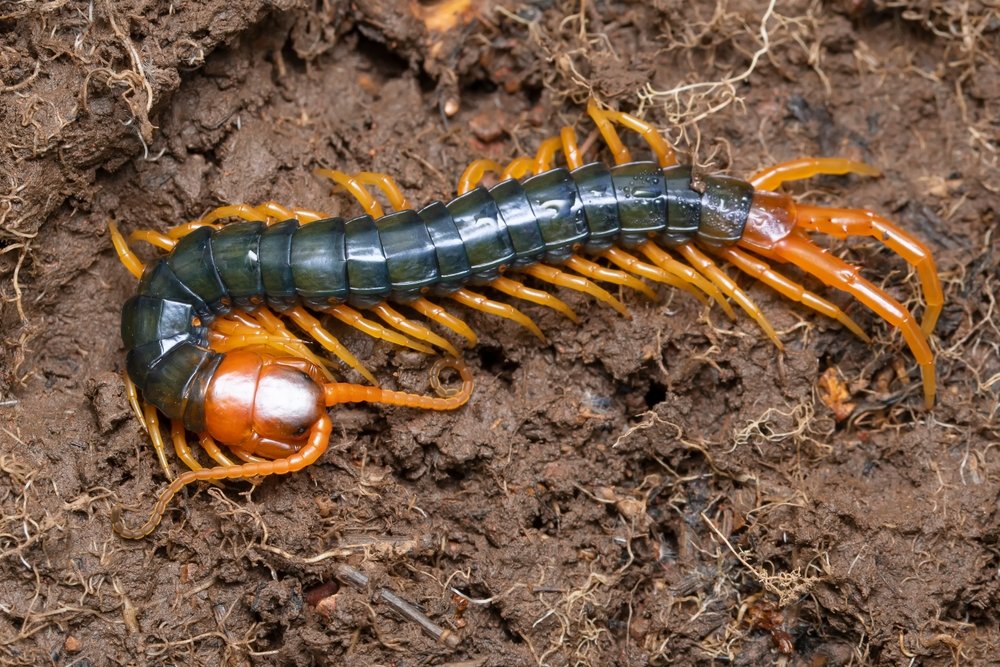
Scorpions
(Olivierus martensii)
Scorpions may be considered a ‘novelty’ treat for reptiles, but they also contain a great nutrient profile. Their perfect calcium to phosphorous ratio means that they can be fed with no additional supplements. The ones available in the UK come via ProBugs and are preserved to save these nutrients as opposed to dried/canned products which are popular in the US.
Many popular reptiles would naturally predate upon scorpions. From leopard geckos (Eublepharis macularius) to bosc monitors (Varanus exanthematicus), many wild lizards will risk potentially dangerous encounters to secure a hearty scorpion meal. The nutritional composition of scorpions makes them appealing to a wide range of animals including larger tarantulas. The ones available on the UK market are ‘Chinese armour-tail scorpions’ which are naturally found in northern China, Mongolia and Korea. However, they do belong to the Buthidae family – the most widespread family of scorpions on the planet and are an excellent model species to feed to a variety of animals. They consist of 25% protein, 10% fat, 6% fibre and 60% moisture. They also have a calcium to phosphorous ratio of 1:1 This perfect ratio, combined with a healthy dose of moisture makes scorpions much more impressive than a novelty item. Unfortunately, the resources involved in raising scorpions as a commercial feeder have meant they are one of the more expensive prey items. On the other hand, the preservation technique used by ProBugs gives them an extremely long shelf life. This gives the keeper flexibility to purchase the items and keep them stored for both emergencies and occasional treats.
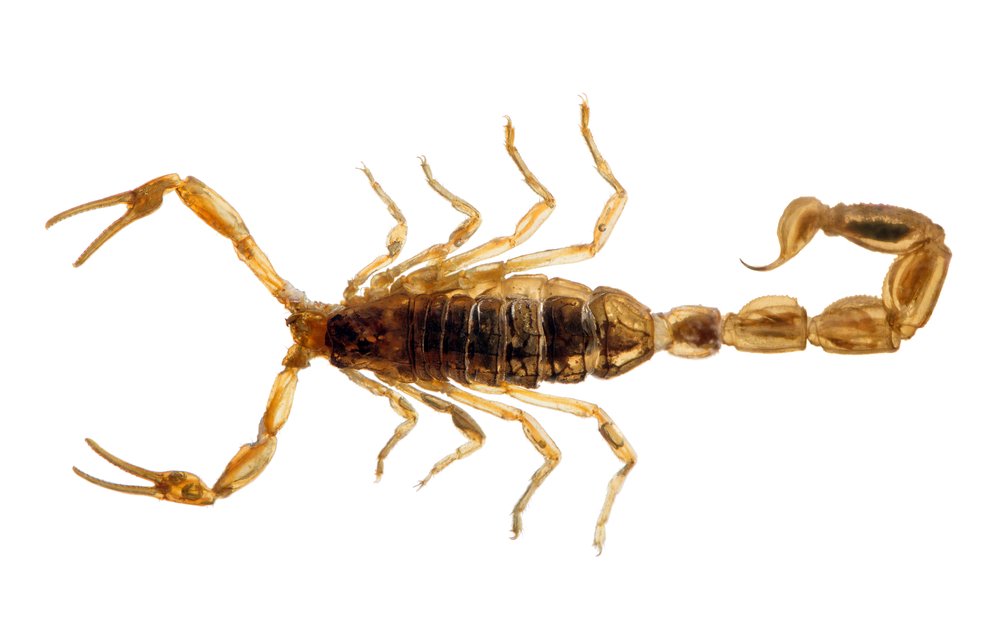
Dubia Roaches
(Blaptica dubia)
Dubia roaches are quickly becoming one of the most popular feeder insects on the market. Now available in a range of sizes, they are perfect for large lizards such as adult bearded dragons, monitor lizards and tegus. Although ‘dubia’ are most popular, there are a few different species out there. Roaches will live for much longer than other live foods, meaning a keeper can experiment with a few different sizes and irregular feeding without wasting any. They are also ideal for a keeper who is planning to go on holiday and needs to leave a spare pack of bugs ready for when they return.
Roaches can be gut-loaded on professional formulas, or with vitamin-coated veggies. It is no secret that roaches can survive very harsh conditions. This is partly because they have long digestive tracts and can survive over three days without food, meaning a well gut-loaded roach could contain 3X the goodness of another seemingly healthy roach. Dubia roaches also contain almost double the amount of protein of other popular feeder insects and near-perfect calcium to phosphorous ratio. They are not as widely available as crickets and locusts, but can be found online and in specialist shops, then stored in a plastic tub, faunarium or ‘cricket keeper’ until they are used.
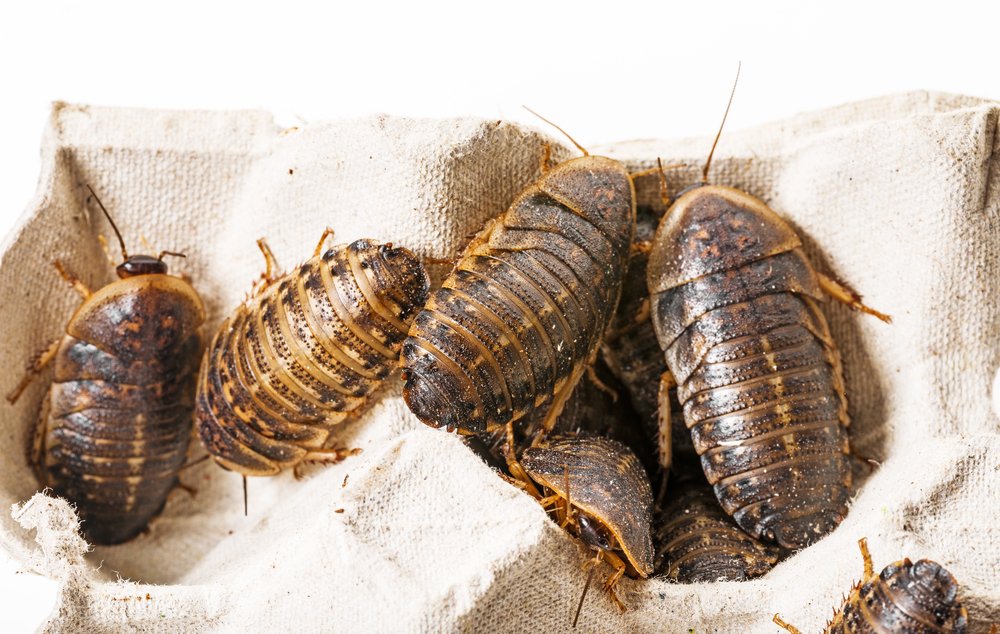
Giant lobworms
(Lumbricus sp.)
Giant lobworms do all the things that nightcrawlers do but on a larger scale. A decent nutrient profile packed full of moisture and easy to maintain and breed. They are excellent for blue-tongued skinks (Tiliqua spp.), salamanders, horned/pixie frogs and adult turtles. New Caledonia giant geckos (Rhacodactylus leachianus) also seem to love these worms, despite them being far-removed from their natural diet. Arowana, Oscars and other very large tropical fish will also gorge themselves on these molluscs in impressive feeding frenzies.

